All Science
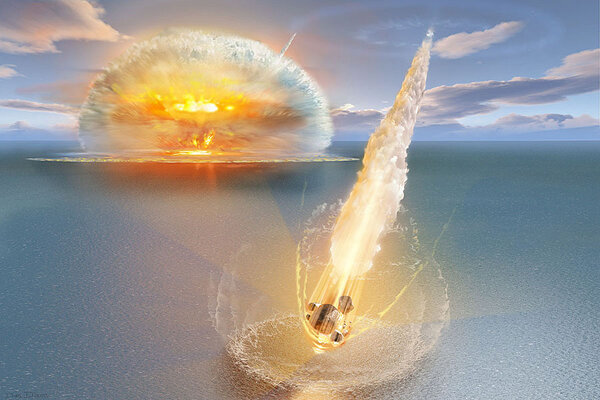 First LookCould this double crater hold secrets of mass extinction?
First LookCould this double crater hold secrets of mass extinction?Researchers at Sweden's University of Gothenburg discovered two meteor impact craters that occurred simultaneously, some 458 million years ago.
 First LookThe coming supermoon eclipse: How rare is the celestial treat?
First LookThe coming supermoon eclipse: How rare is the celestial treat?Supermoons and lunar eclipses are both somewhat rare, but it can take decades for both to occur at the same time.
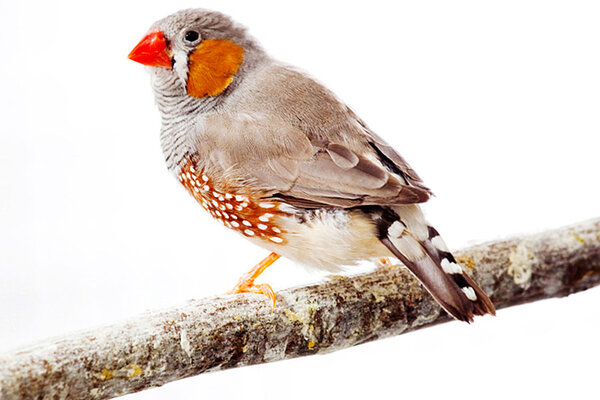 Why do we fall in love? Speed-dating zebra finches offer clues.
Why do we fall in love? Speed-dating zebra finches offer clues.A new study of the monogamous mating practices of the zebra finch could offer hints as to why human dating can get so complicated.
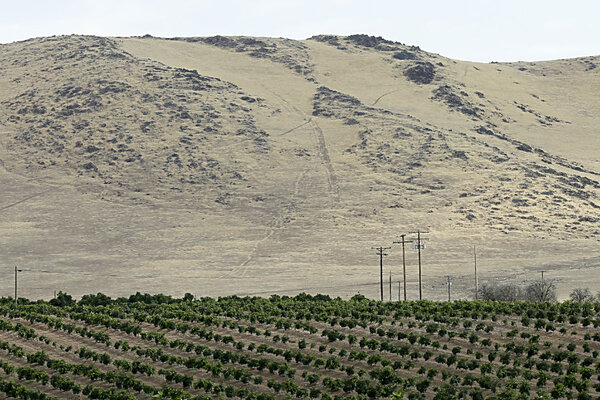 First LookCalifornia's Sierra Nevada snowpack shrinks to a 500-year low
First LookCalifornia's Sierra Nevada snowpack shrinks to a 500-year lowThe record-low Sierra Nevada snowpack was another indication of the severity of California's drought, which is affecting everything from agriculture to hydropower generation.
 First LookWhy British forecasters say the global warming 'pause' is over
First LookWhy British forecasters say the global warming 'pause' is overA strong El Niño is going to contribute to a rise in global temperatures and major weather shifts over the next year, says Britain's Met Office.
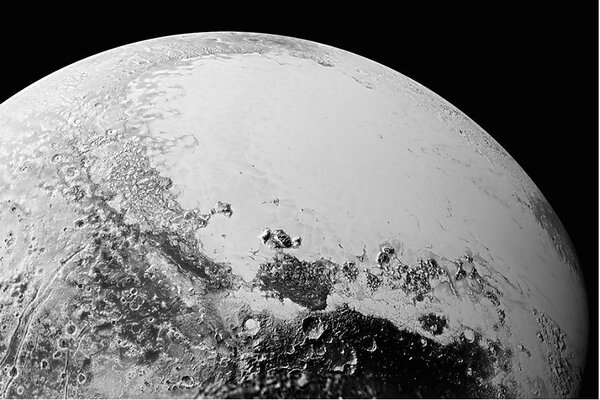 Spectacular new Pluto photos reveal dwarf planet's history
Spectacular new Pluto photos reveal dwarf planet's historyNew photos taken by NASA’s New Horizons spacecraft reveal a disarray of geographic features including soaring mountains, icy plains, and possible dunes.
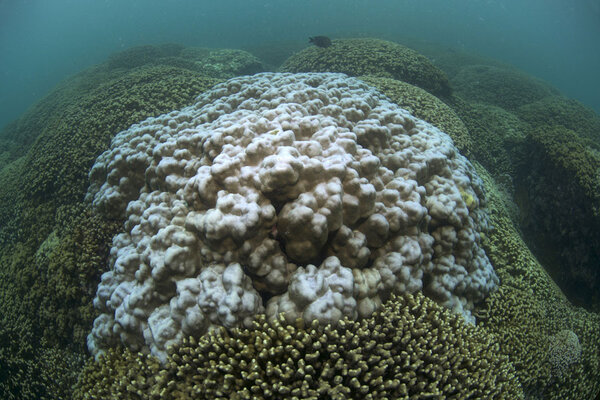 Why global warming bleaches coral in Hawaii
Why global warming bleaches coral in HawaiiAs temperatures continue to rise in ocean waters surrounding Hawaii, stressed-out coral reefs are losing color and their health.
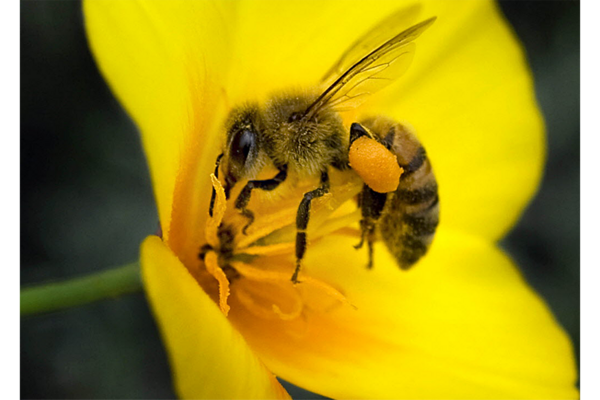 Could a 'killer bee' expansion be good news for farmers?
Could a 'killer bee' expansion be good news for farmers?Amidst a honey bee decline, researchers find that the Africanized honey bee has actually expanded its range in California. Could this help the agriculture-filled state?
- Sunday's partial solar eclipse: How to watch it
A partial solar eclipse can be seen above southern Africa early Sunday, and those outside of the moon's shadow can watch it online.
 Dwindling North American monarchs begin 3,000-mile journey
Dwindling North American monarchs begin 3,000-mile journeyAs the celebrated North American monarch butterfly begins its extraordinary migration south to Mexico, conservationists are calling attention to a serious population decline.
 Should you buy an Allosaurus skeleton?
Should you buy an Allosaurus skeleton?In November, a British auction house will sell the skeleton of a juvenile Allosaurus, a distant relative of T-Rex. The auction expects to fetch up to $770,000.
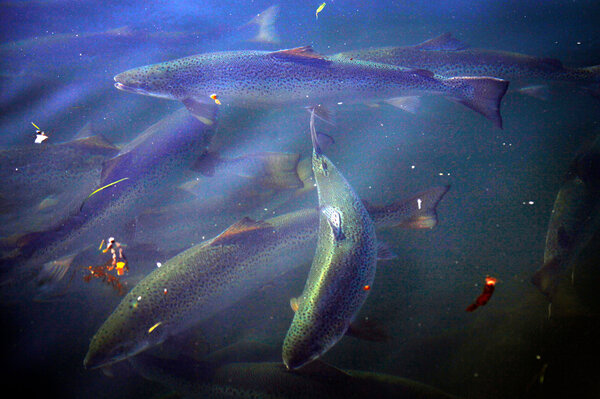 What does a future bridge near Seattle say about humanity's past?
What does a future bridge near Seattle say about humanity's past?Washington's transportation department planned an archeological dig and salmon conservation project in part to appease conservationists concerned about the building of a new highway. What they found was new evidence of ancient human life.
- Eating bugs could save the planet. But can we stomach it?
Swapping cows for crickets would be a boon for the planet. But can environmentalists convince consumers to embrace insects as food?
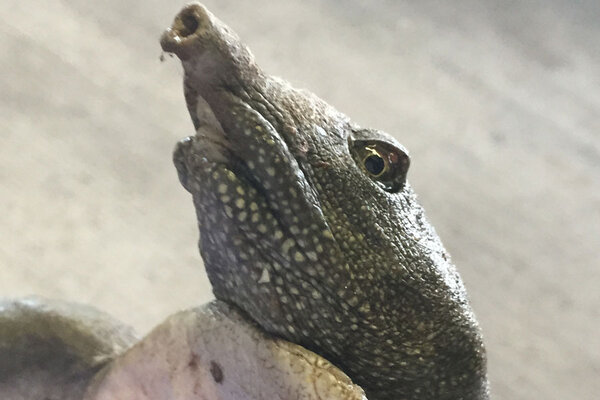 Can New England prevent an invasion of Chinese turtles?
Can New England prevent an invasion of Chinese turtles?Experts at the New England Aquarium say local wildlife could be in danger after two Chinese soft-shell turtles were spotted on a Massachusetts beach last week.
 Space records shatter as astronaut returns home
Space records shatter as astronaut returns homeRussian cosmonaut Gennady Padalka has broken the record for longest time in space – by more than two months.
 Nature's global warming 'sink' isn't clogged anymore, studies say
Nature's global warming 'sink' isn't clogged anymore, studies sayThe Southern Ocean around Antarctica absorbs a significant share of the carbon dioxide emitted by human activity. For a while, it seemed to be slowing down. But studies say it has returned to normal, though the mechanics aren't well understood.
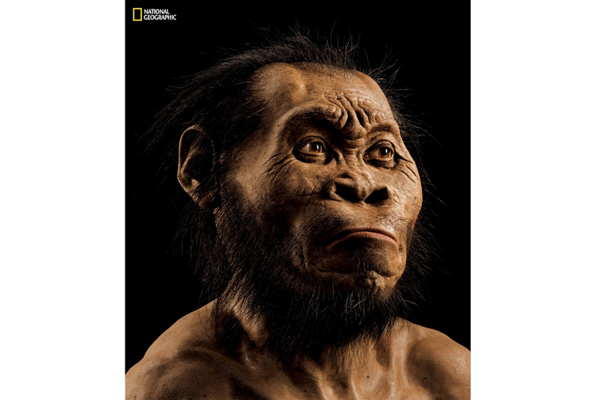 Could newly discovered humans shatter history?
Could newly discovered humans shatter history?Homo naledi, the human species recently discovered in South Africa, possess traits that could change the way we see human evolution.
 Does oxygen necessarily mean aliens?
Does oxygen necessarily mean aliens?Astrobiologists find that the presence of oxygen in a planet's atmosphere may not necessarily mean that life exists there.
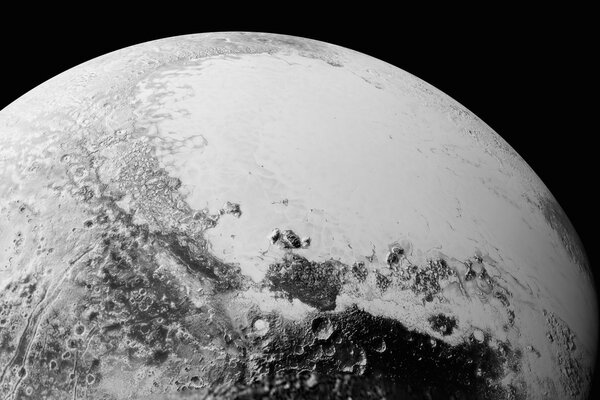 First LookNew Pluto images arrive: Are those dunes?
First LookNew Pluto images arrive: Are those dunes?New Horizons, the spacecraft that keeps on giving, sent back more shots of Pluto, and they're the sharpest yet.
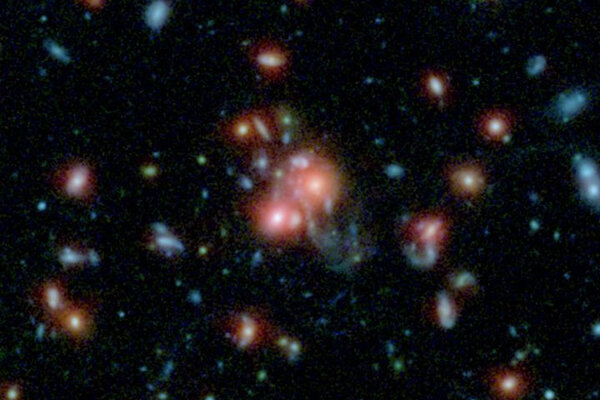 First LookGalaxy amazes astronomers by producing 800 stars per year
First LookGalaxy amazes astronomers by producing 800 stars per yearThe Milky Way produces just one or two stars a year, but this galaxy appears to be mass producing stars at a rate never observed before.





















